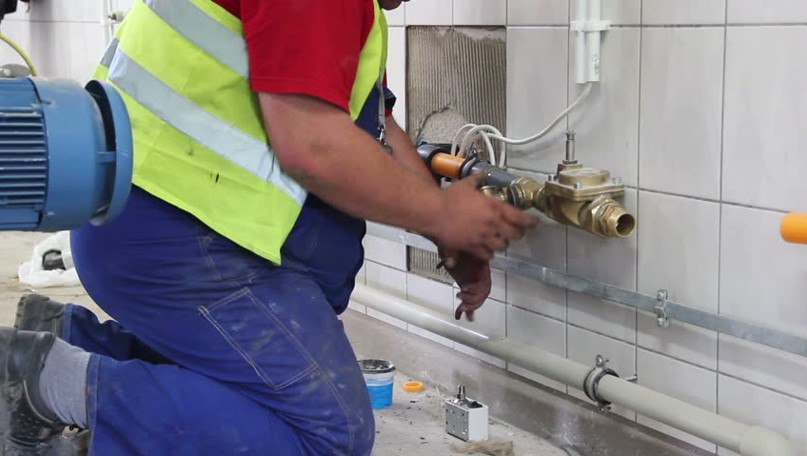
Water is a precious commodity, and there’s no Aussie home that doesn’t rely on it. At least, as long as it’s properly contained, whether in the plumbing system, a sink, or a bathtub. However, if water goes where it’s not supposed to, it can well become a nuisance and potentially cause damage to both the furnishings and the structure of a home.
Sadly, plumbing leaks are all too common; any house, no matter how new, will suffer from at least one leak in its lifetime. However, not all leaks are immediately visible or obvious, so it’s even more important that you detect leaks and repair them as quickly as possible. Every homeowner needs to know how to detect it, so here are some tips to help you determine if you’re dealing with a leak, and if so, how to pinpoint where it’s located so you can do something about it as soon as you can.
Keep An Eye On Your Monthly Water Bill
Your water bill will tell you how much water you use each month, and even if there are slight changes, you can still use the average as a baseline. If you receive a bill where there’s a significant increase, chances are there’s a leak somewhere. Even small leaks can cause your household to waste thousands of gallons of water in a year, so keeping track of how much you pay for this necessity is a good way to tell there’s something wrong in the first place.
Check Your Water Metre
If you think there’s a leak somewhere on your property, you can see if it’s true by watching your home’s water metre. Usually, this is found under a cover that’s similar to that of a manhole near where the water supply line enters your home. This could be near the street, to one side or behind the house.
Once you’ve found the metre, turn off all the faucets in your home, and make sure any appliances that use water, such as your washing machine, aren’t running. Take note of the numbers on the metre, then come back after an hour and see if the numbers have changed. If they have, then you weren’t mistaken to suspect a leak.
To be able to pinpoint if the leak is inside your home or not and your metre is located near the street, try turning off the shut-off valve on the main supply line. Take note of the numbers shown on the metre, then wait for another hour. If the numbers changed, the leak is in the water line leading to your home. On the other hand, if the numbers haven’t changed, that means the leak is somewhere in your home.
Check Your Appliances And Fixtures
If the water metre test pointed to the leak being inside your home, your next step is to check your fixtures and appliances for any signs of leaks. Take a look under your kitchen, laundry, and bathroom sinks to see if the pipes are dry, and keep an eye out for any puddles around fixtures like toilets and appliances like your dishwasher. If you find a leak somewhere, turn off the water supply valve to that fixture or appliance and call the best emergency plumber in Sydney, if you can’t do repairs yourself.
The above are just a few of the things you can do to detect leaks, but they’re the simplest and the most helpful. No matter how small or slow the leak is, the important thing is to have a plumber repair it as soon as they can, so you don’t end up dealing with a bigger problem later on.
